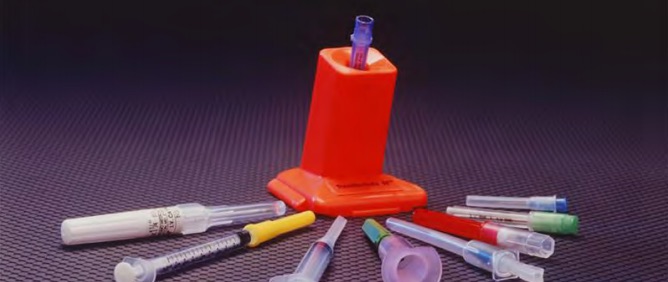Personal protective equipment (PPE) is a necessary part of laboratory safety in addition to engineering controls (i.e., laboratory ventilation and Biosafety Cabinets) and good work practices. When properly selected and used, personal protective equipment can be effective in minimizing individual exposure (Figure 1).
Supervisors have the primary responsibility for implementing the PPE Program in their work area by ensuring that workplace hazards have been evaluated, that the appropriate PPE is available, and that employees have received the necessary training. Stanford University provides the Laboratory PPE Assessment Tool (https://ehs.stanford.edu/forms-tools/laboratory-ppe-assessment-tool) to complete this assessment. The PPE user is responsible for following the requirements of the PPE program.

Posters available by request from EH&S

This involves:
- Wearing PPE as required per the PPE Assessment Tool
- Attending site-specific PPE training sessions
- Cleaning and maintaining PPE as trained
- Informing the supervisor of the need to repair or replace PPE
Due to intrinsic hazards such as performing injections with biological agents or necropsies on infected animals, special attention is given to puncture and cut resistant gloves.
 Important Information
Important Information
Speciality Gloves Recommended
Biosafety offers assorted specialty gloves for research personnel to try while being hands on with their experiments.
